Collotype Object View
Support
The primary support is paper. Paper may be of varying thicknesses and textures. Additionally, it may or may not have a cast coating. Prints are often mounted to a secondary support. During the late 19th to early 20th century, photographic journals published methods of printing collotypes on porcelain and other supports. Examples of such prints are rare.
The primary support is paper. Paper may be of varying thicknesses and textures. Additionally, it may or may not have a cast coating. Prints are often mounted to a secondary support. During the late 19th to early 20th century, photographic journals published methods of printing collotypes on porcelain and other supports. Examples of such prints are rare.
What to look for: Ink on paper support.
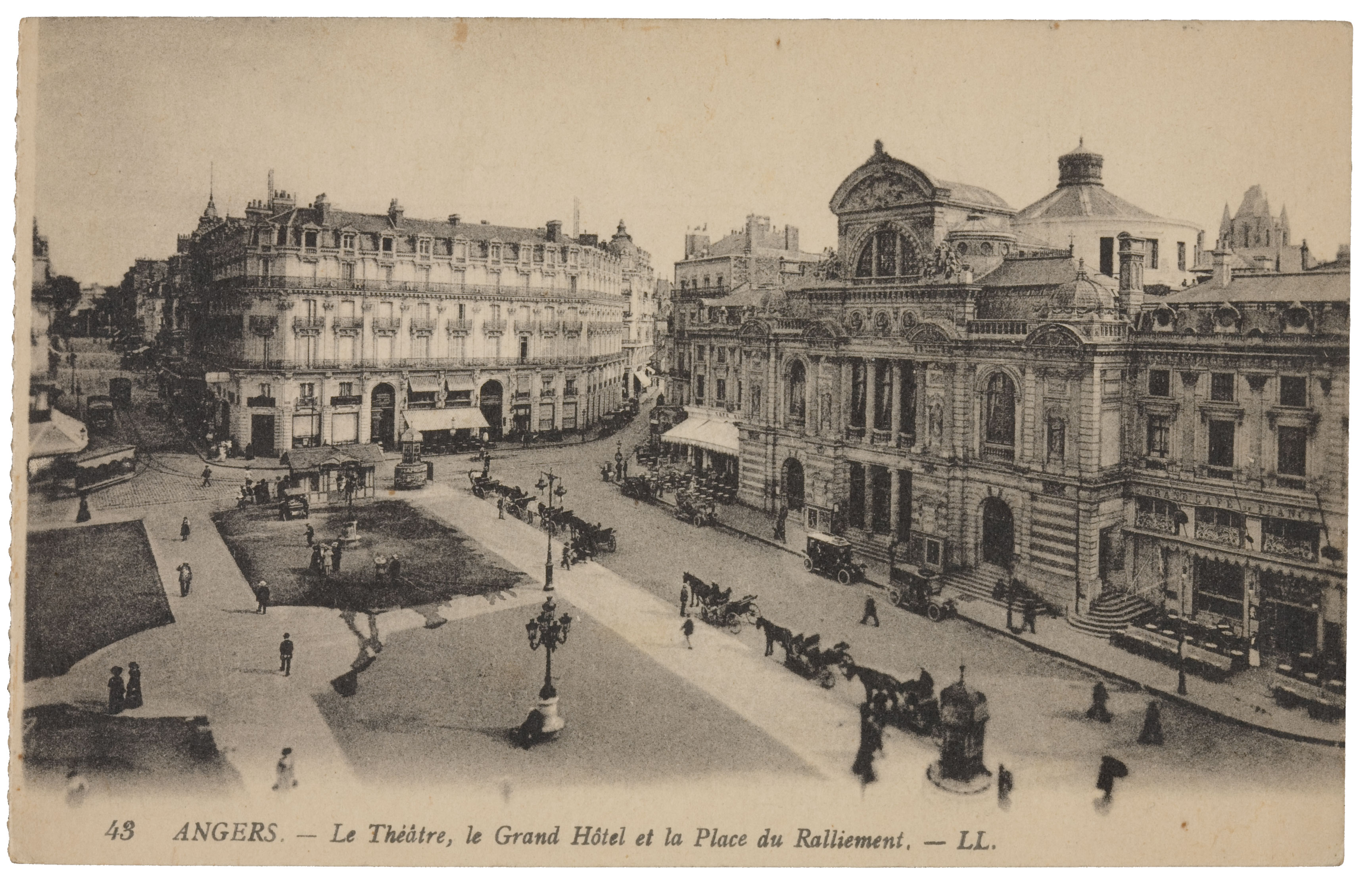
Ink on paper postcard support.
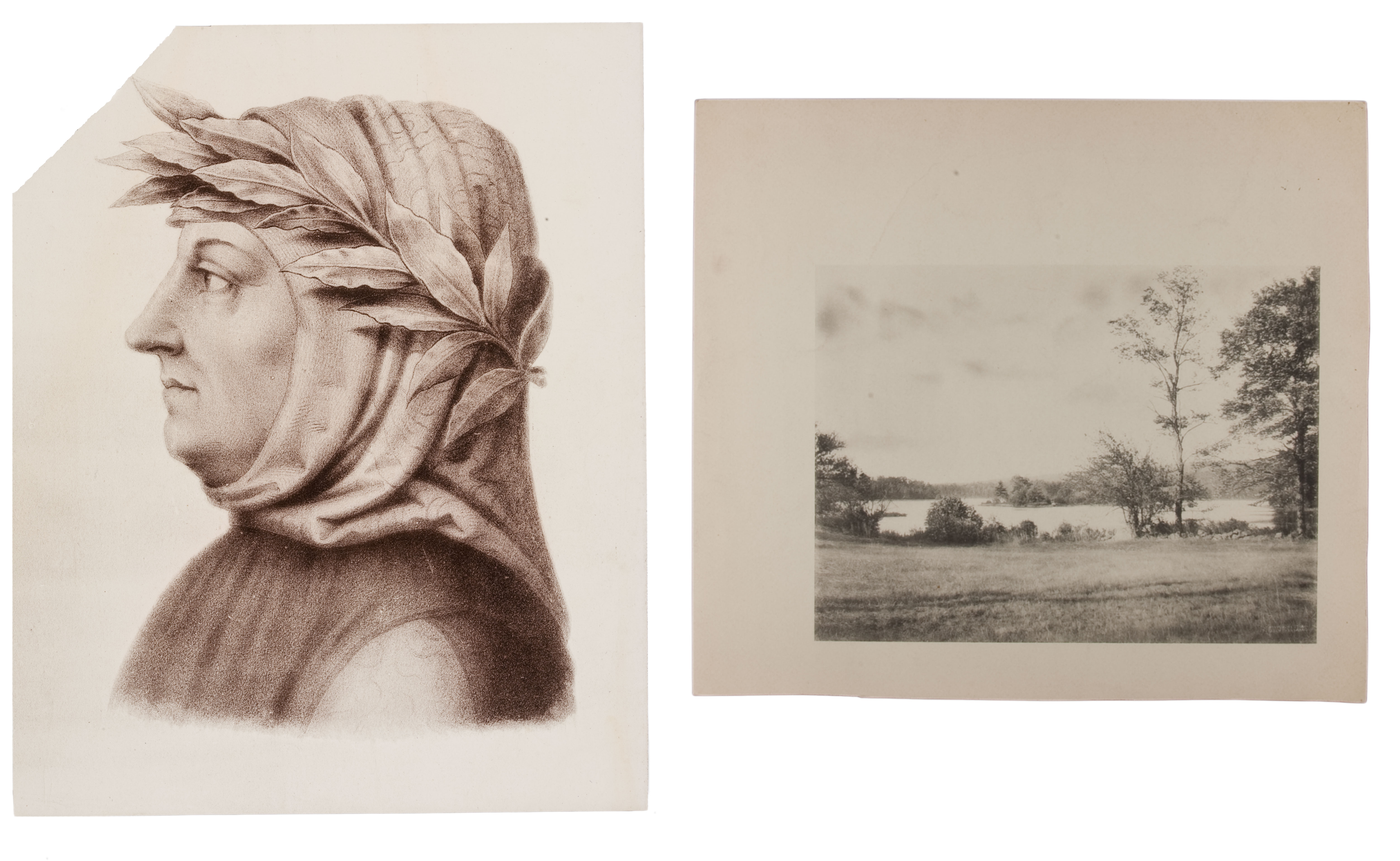
Ink on paper support.
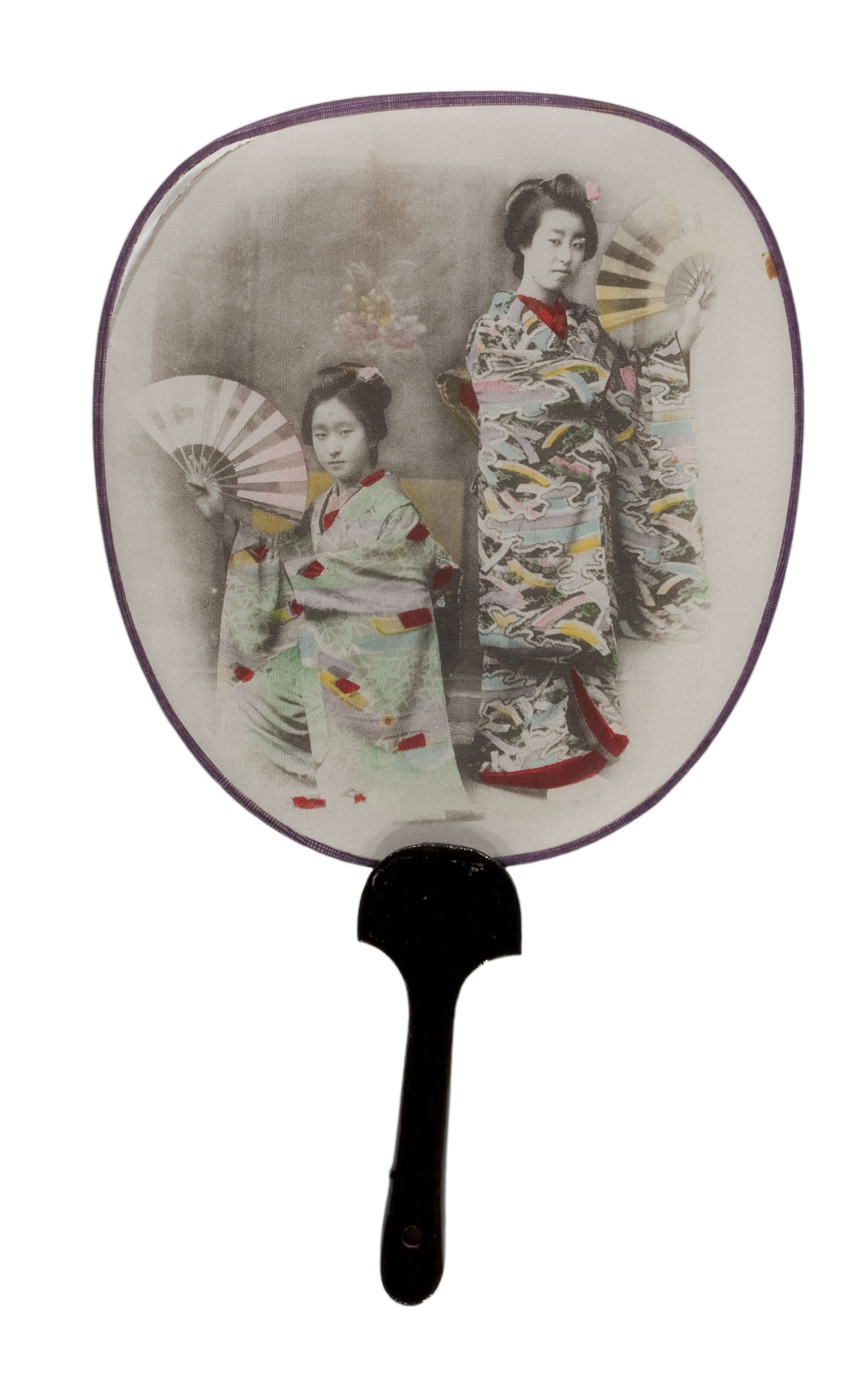
Collotype printed on silk support.
Image: Color/Tone, Quality
Because ink was used, collotypes can vary in color. The colors used in photographic reproductions usually mimic those seen in printing out and developing out prints ranging from a warm purple, to reddish, to cool neutral tones. Collotypes were also printed in multiple colors. A separate printing plate was made for each color. Initially the colors were chosen by an individual called a color separator, but by the end of the 19th century color was produced by color separation using cyan, magenta and yellow. Collotypes could also be hand-colored or printed with another process such as chromolithography.
What to look for: The image should appear robust with no apparent fading or shifting of tone. May be monochromatic or have two or more colors. Hand applied pigment will extend beyond the collotype-delineated outlines.
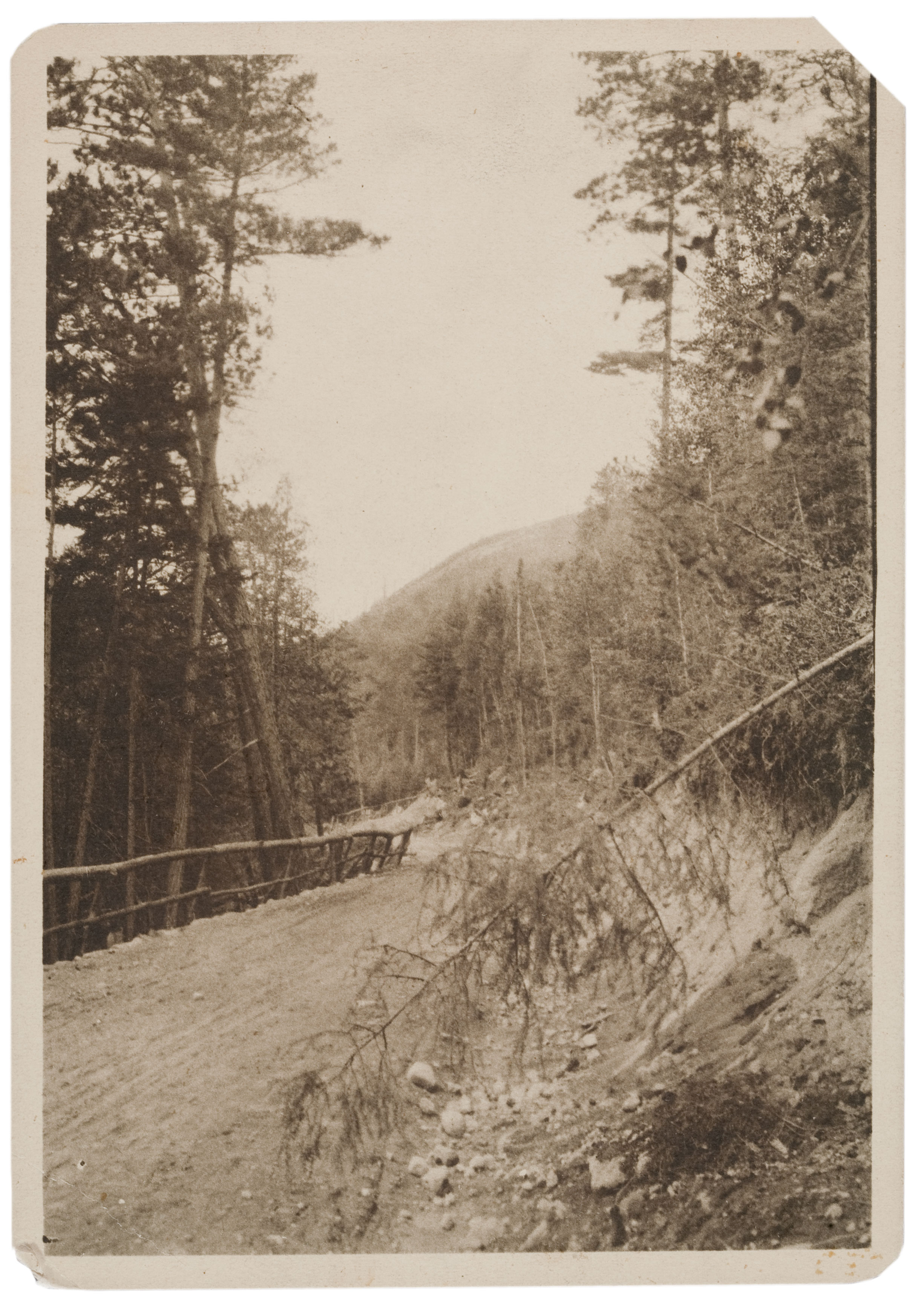
Monochromatic collotype.
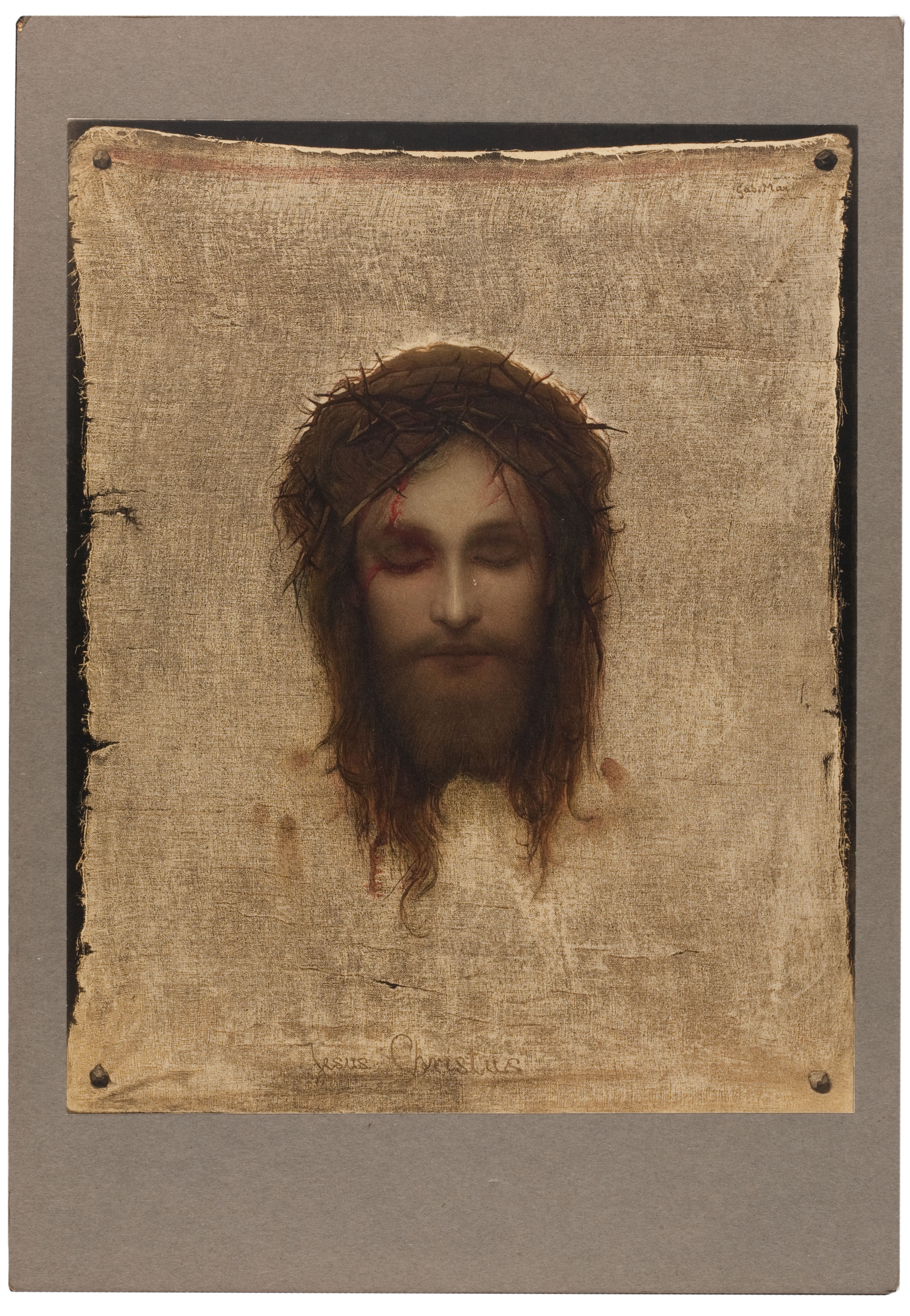
Hoeschotype (5 color collotype).
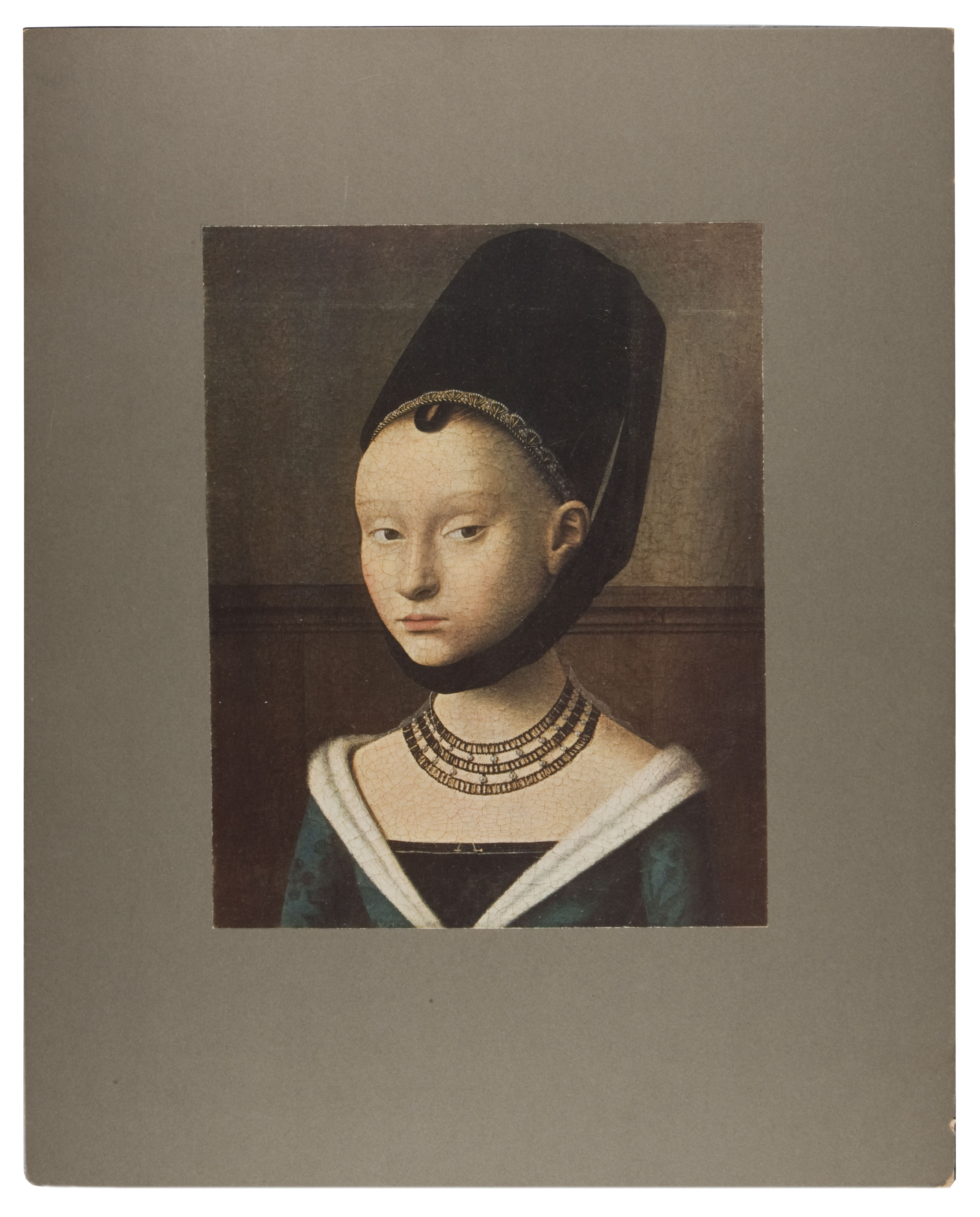
Subtractive color (color separation) collotype.
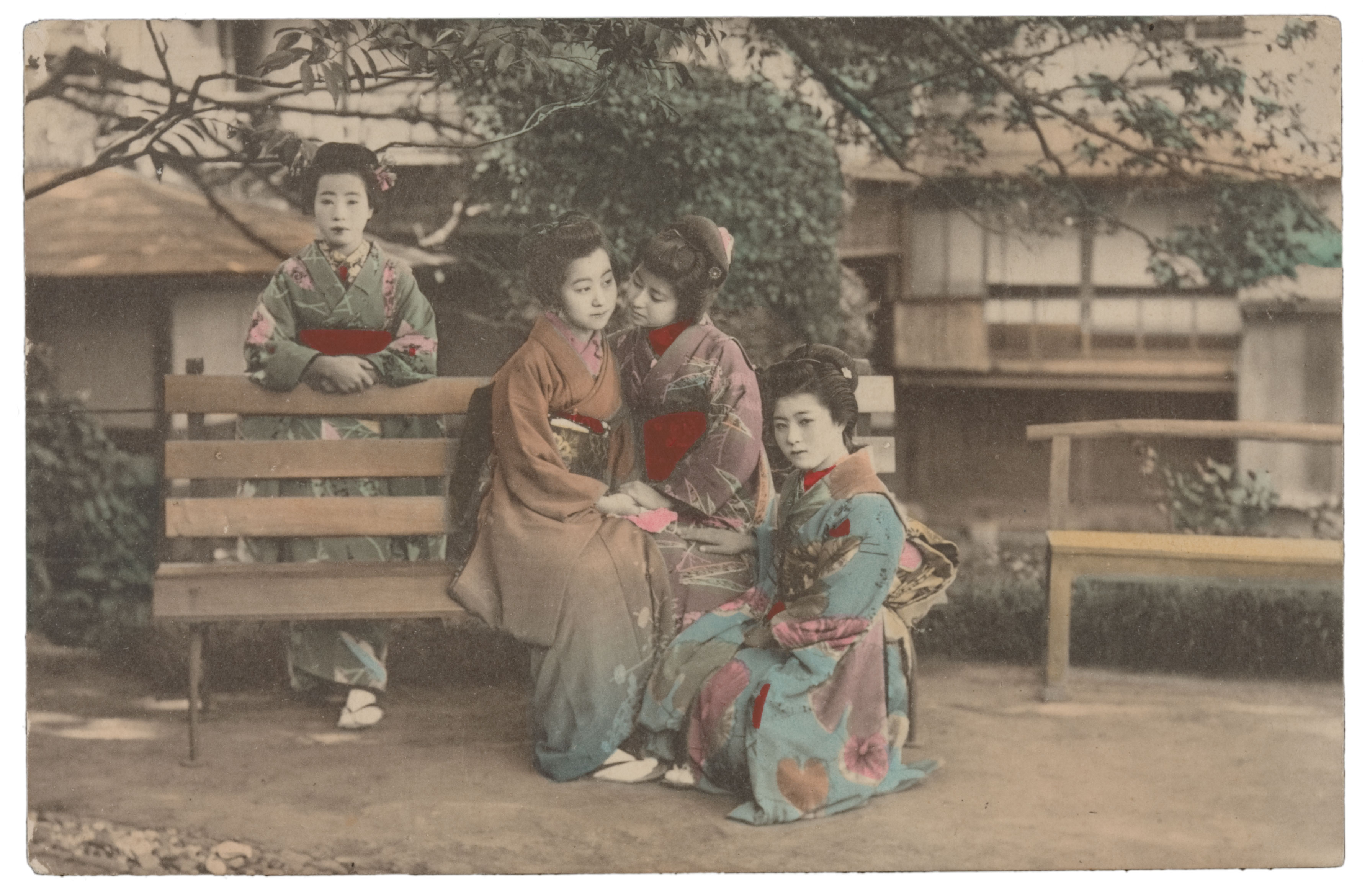
Collotype with hand coloring
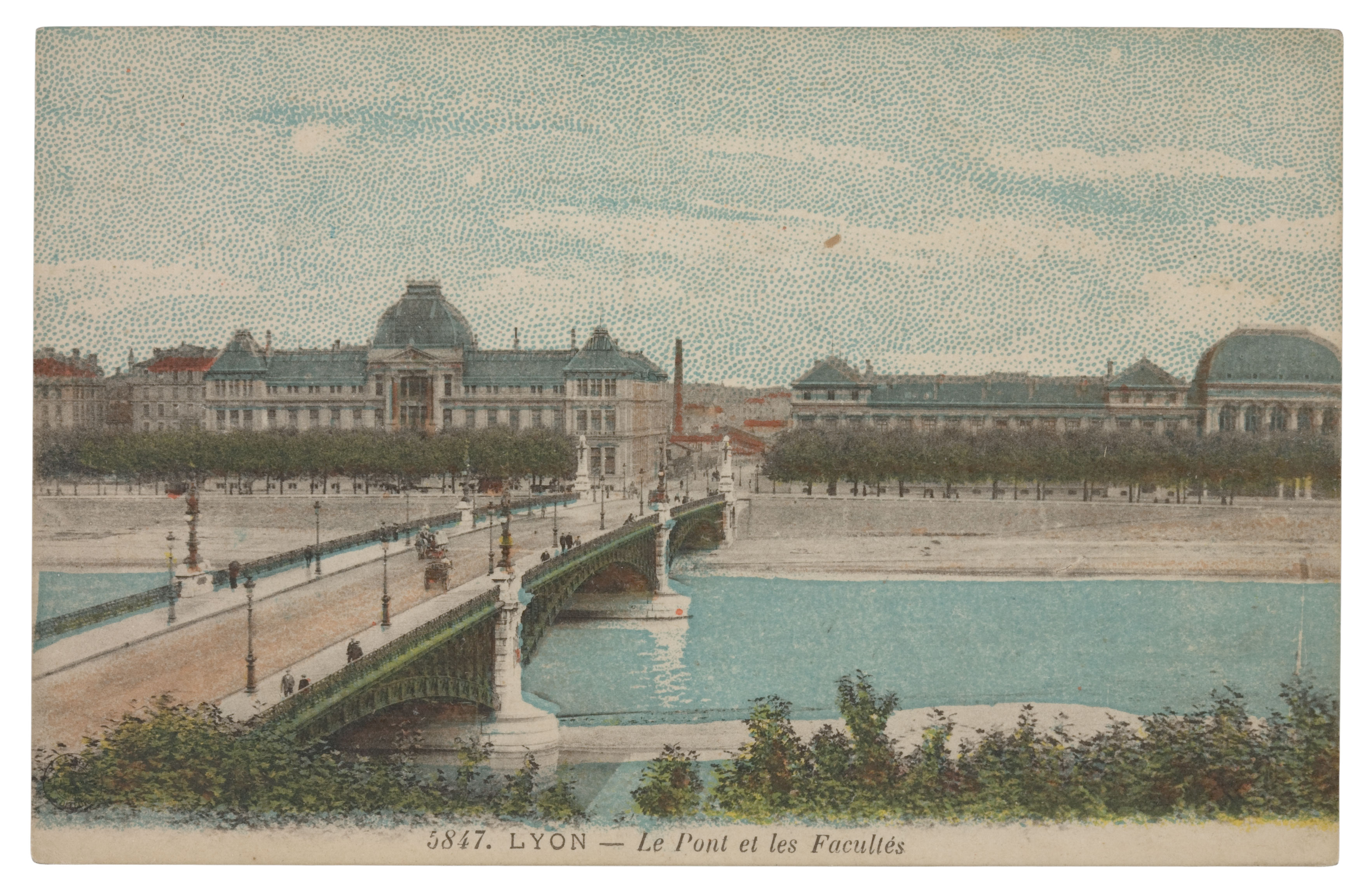
Collotype/chromolithographic postcard
Formats/Mounting
Collotypes could be made in a wide variety of sizes and formats. The process was typically used to make high end reproductions of photographs and works of art. They can often be found as postcards, posters, mounted to a secondary support (such as mat board) or pages in/extracted from books.
What to look for: Postcards, pages from books and graphic art/photograph reproduction.
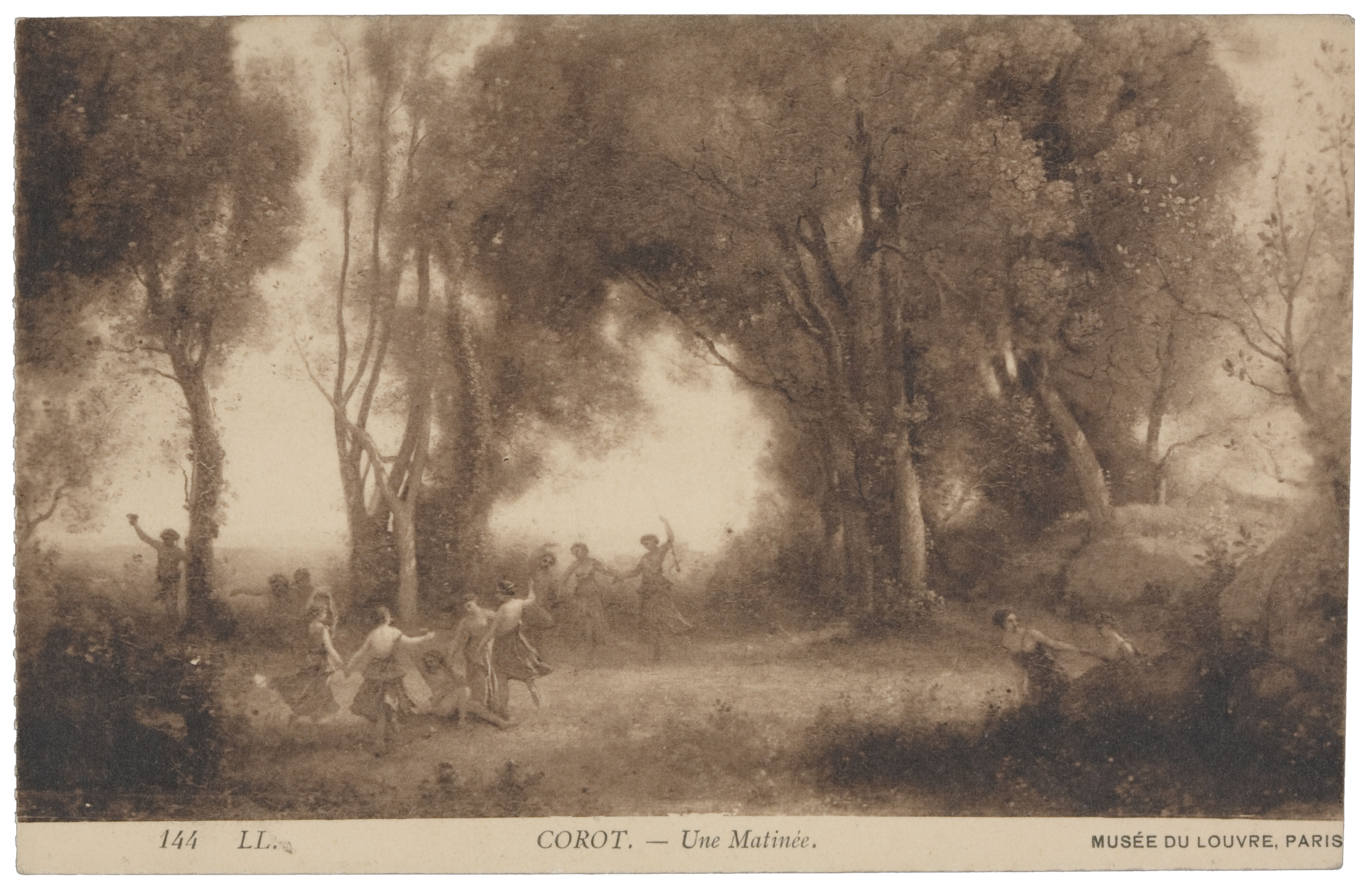
Collotype postcards are very common.
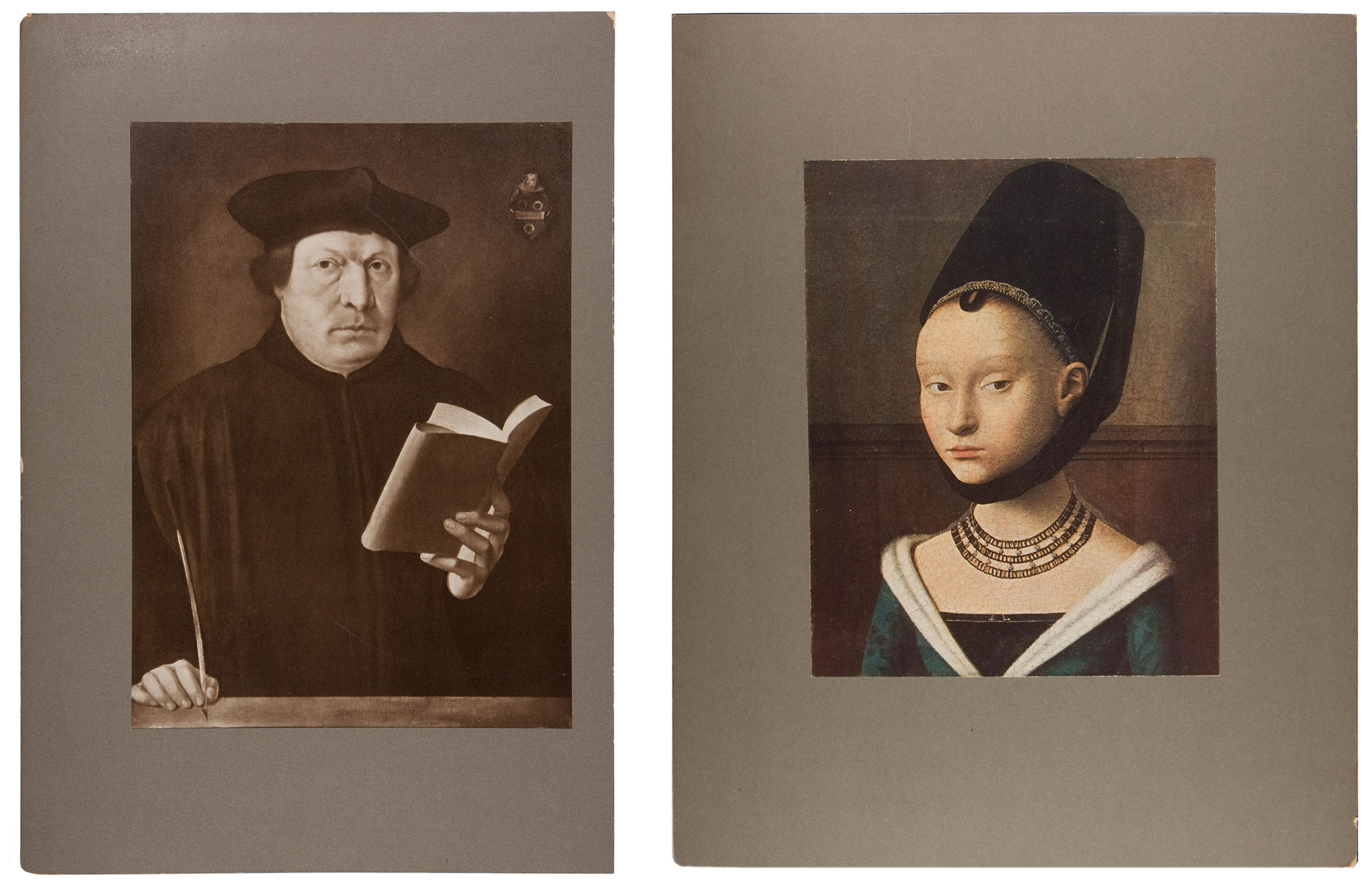
Collotype art reproduction prints mounted to secondary support.
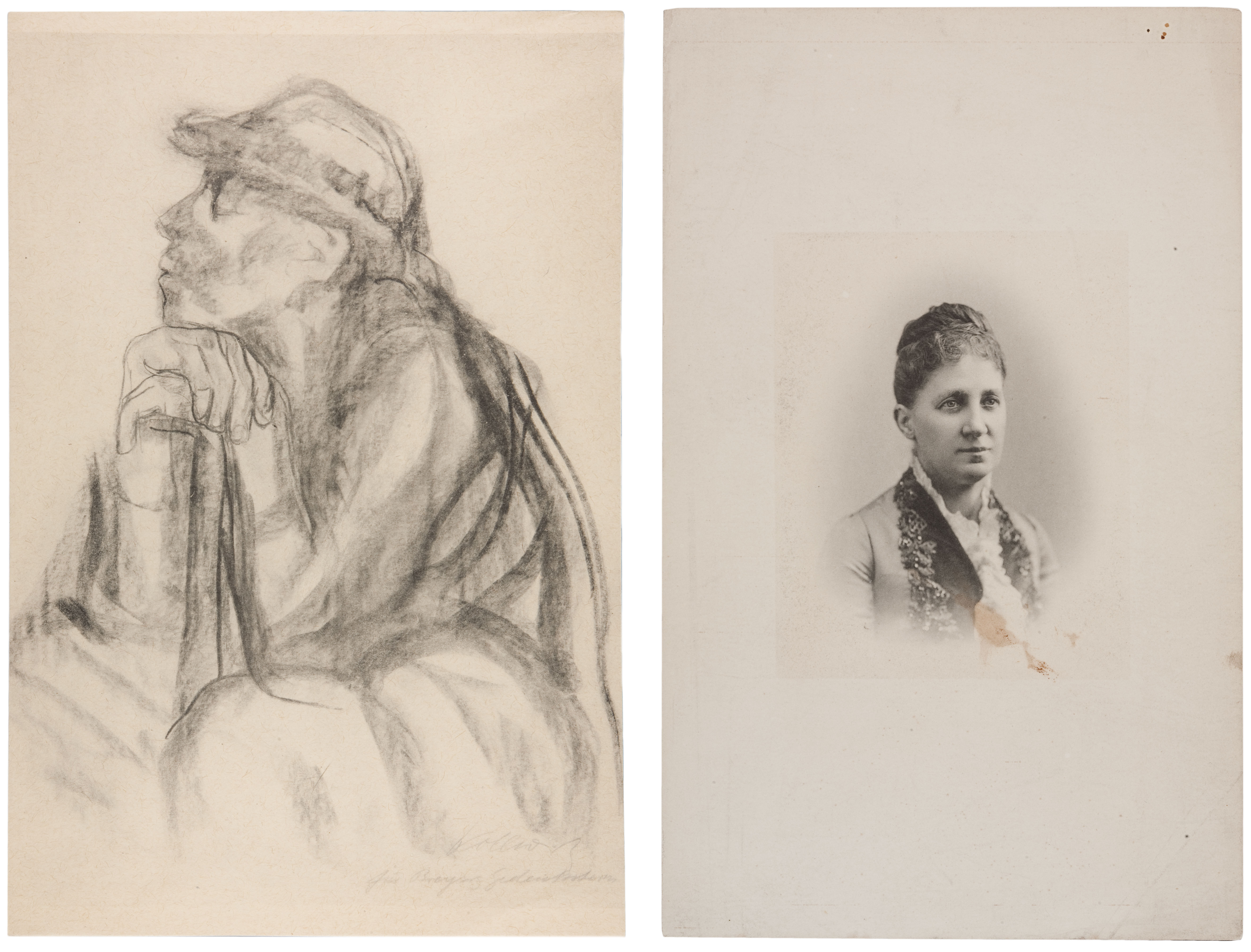
Art reproduction print removed from catalog/portfolio (left). Photographic collotype print removed from a book (right).
Finishing Techniques
To mimic the look of photographs, collotypes may have been coated with varnish or shellac. Rare examples of gelatin coating also exist. Some collotypes contain hand-applied color using paints, pigments or dyes.
What to look for: Glossy surface sheen indicating a surface coating (see Surface View for more information); localized or large regions of color.
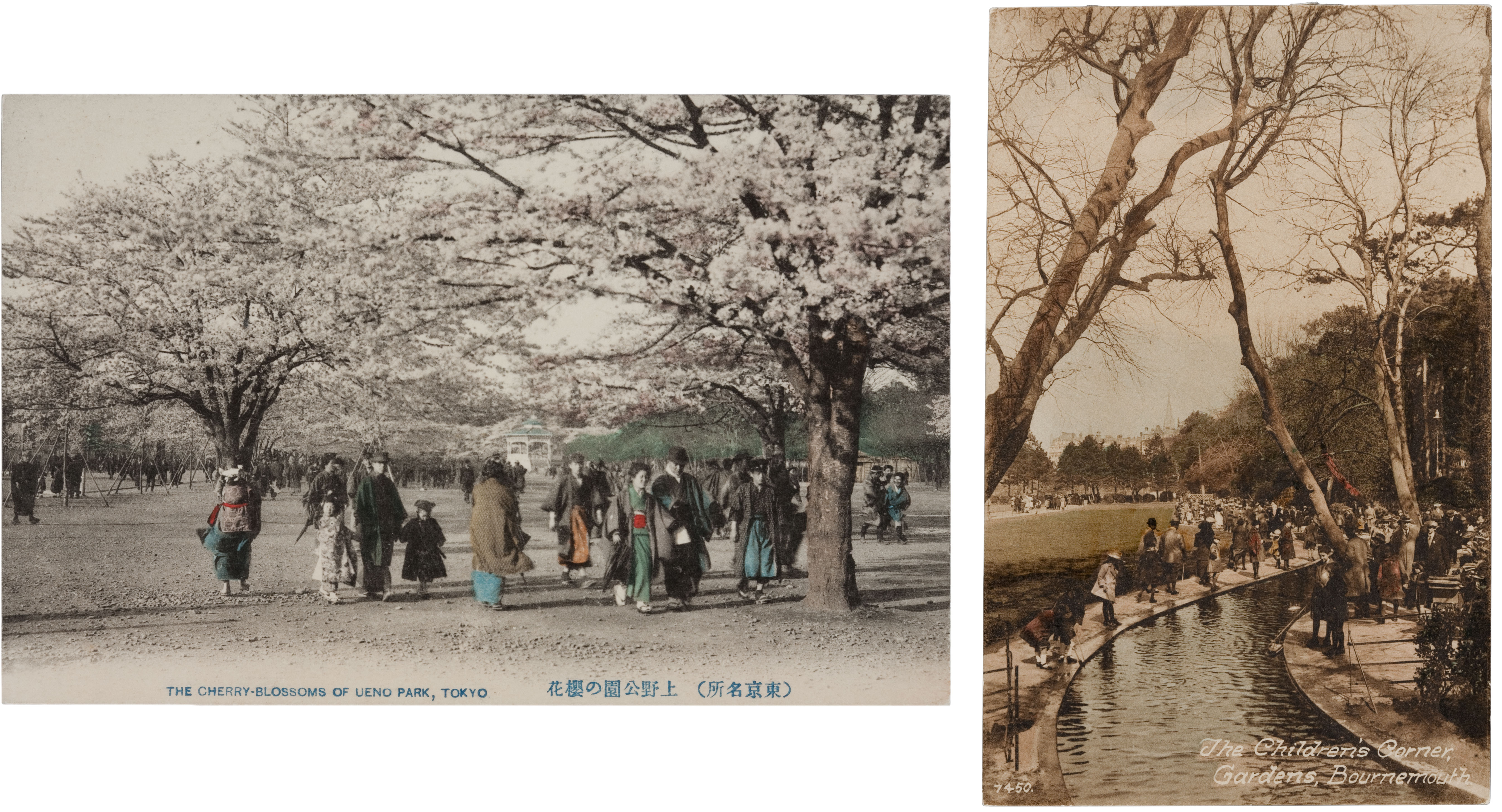
Postcards featuring hand-applied color.
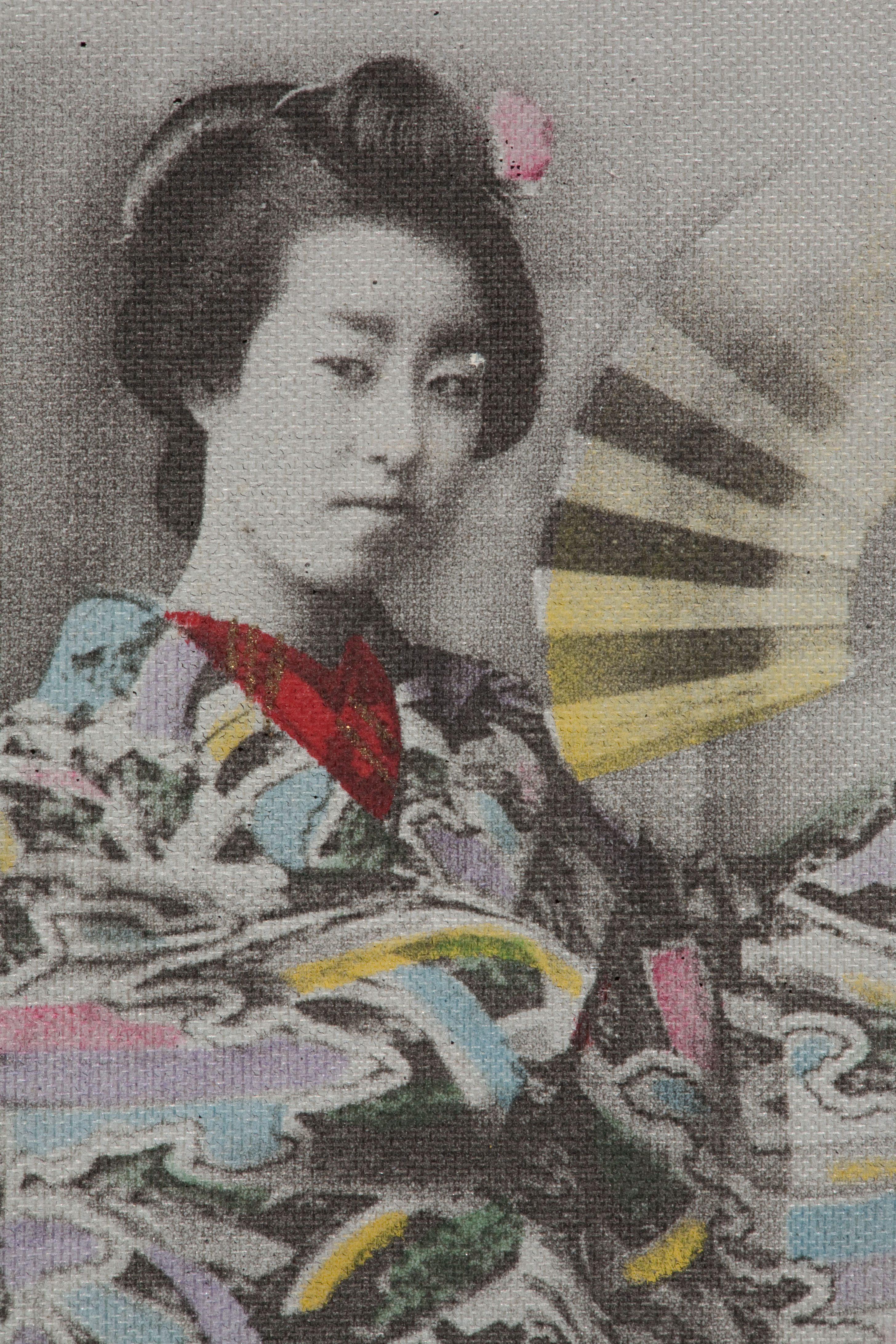
Postcards featuring hand-applied color.
Information Written or Printed on Object
Collotype was often used to print postcards and souvenir prints. These may contain text printed in a different process—often letterpress—on the front or back of the print. This can help date the print or identify the subject.
Collotype was often used to print postcards and souvenir prints. These may contain text printed in a different process—often letterpress—on the front or back of the print. This can help date the print or identify the subject.
What to look for: Text or markings indicating subject, date or purpose. The back may have markings of a postcard.
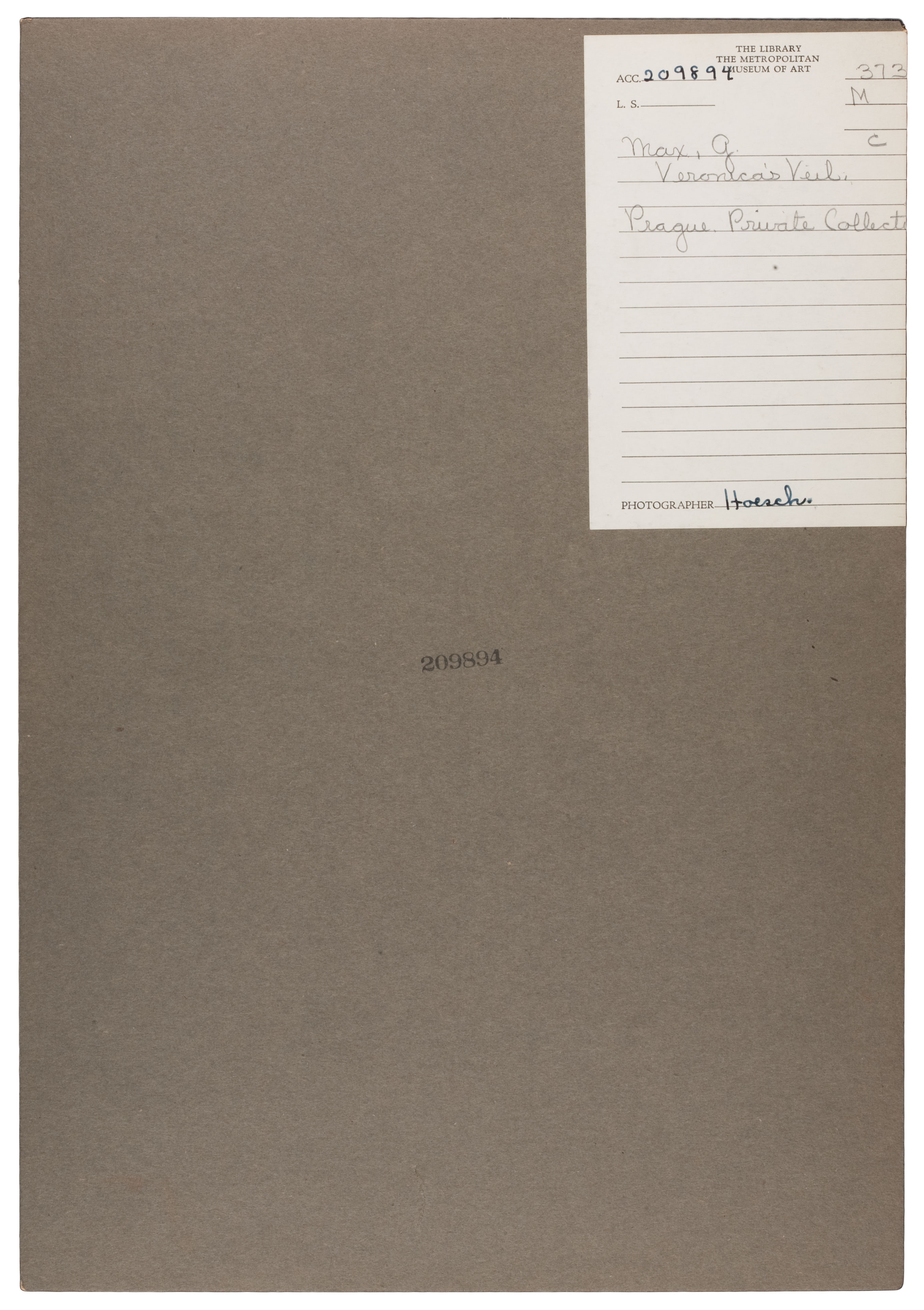
Museum reference print label.
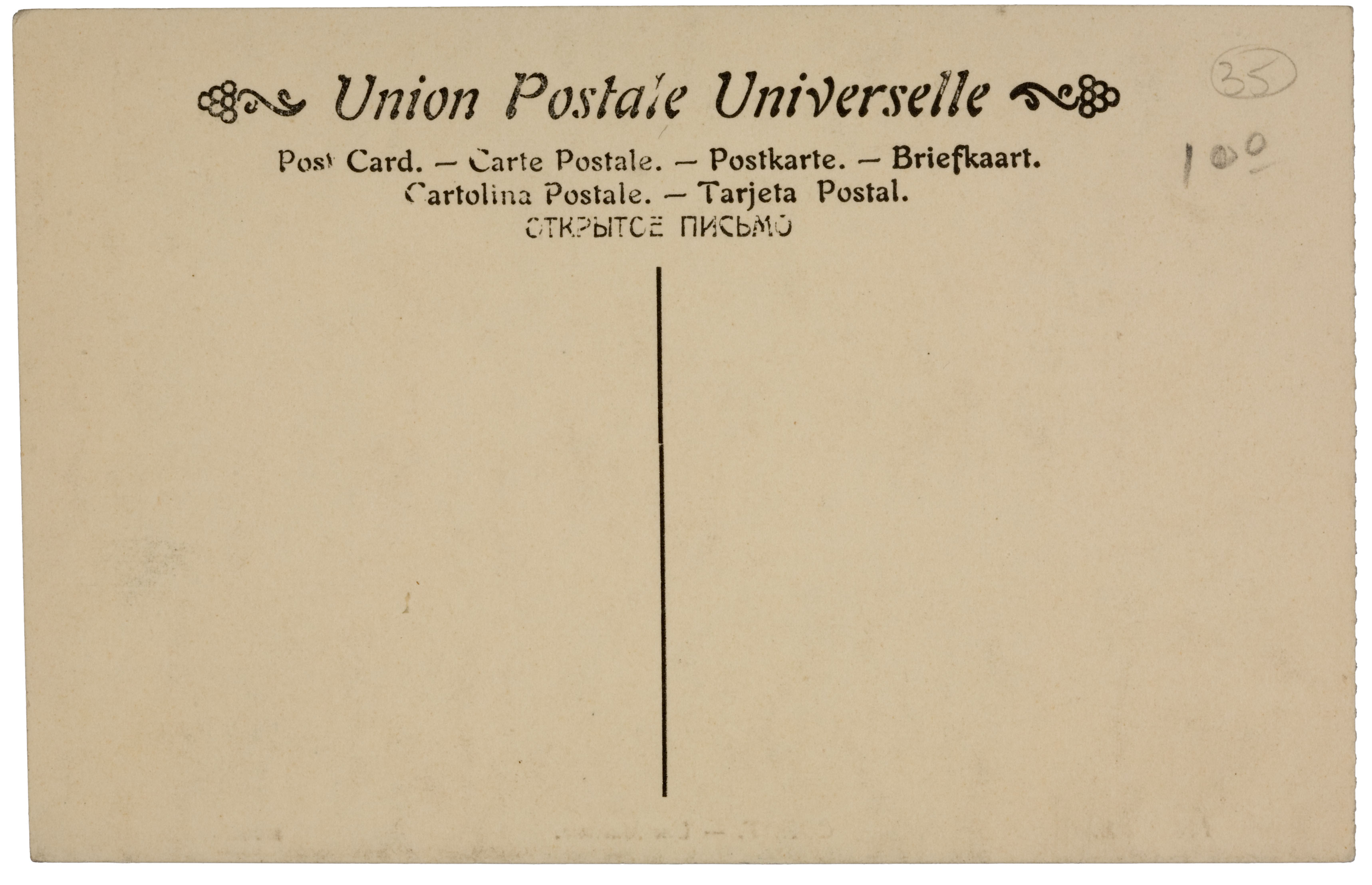
Postcard letterpress back print.
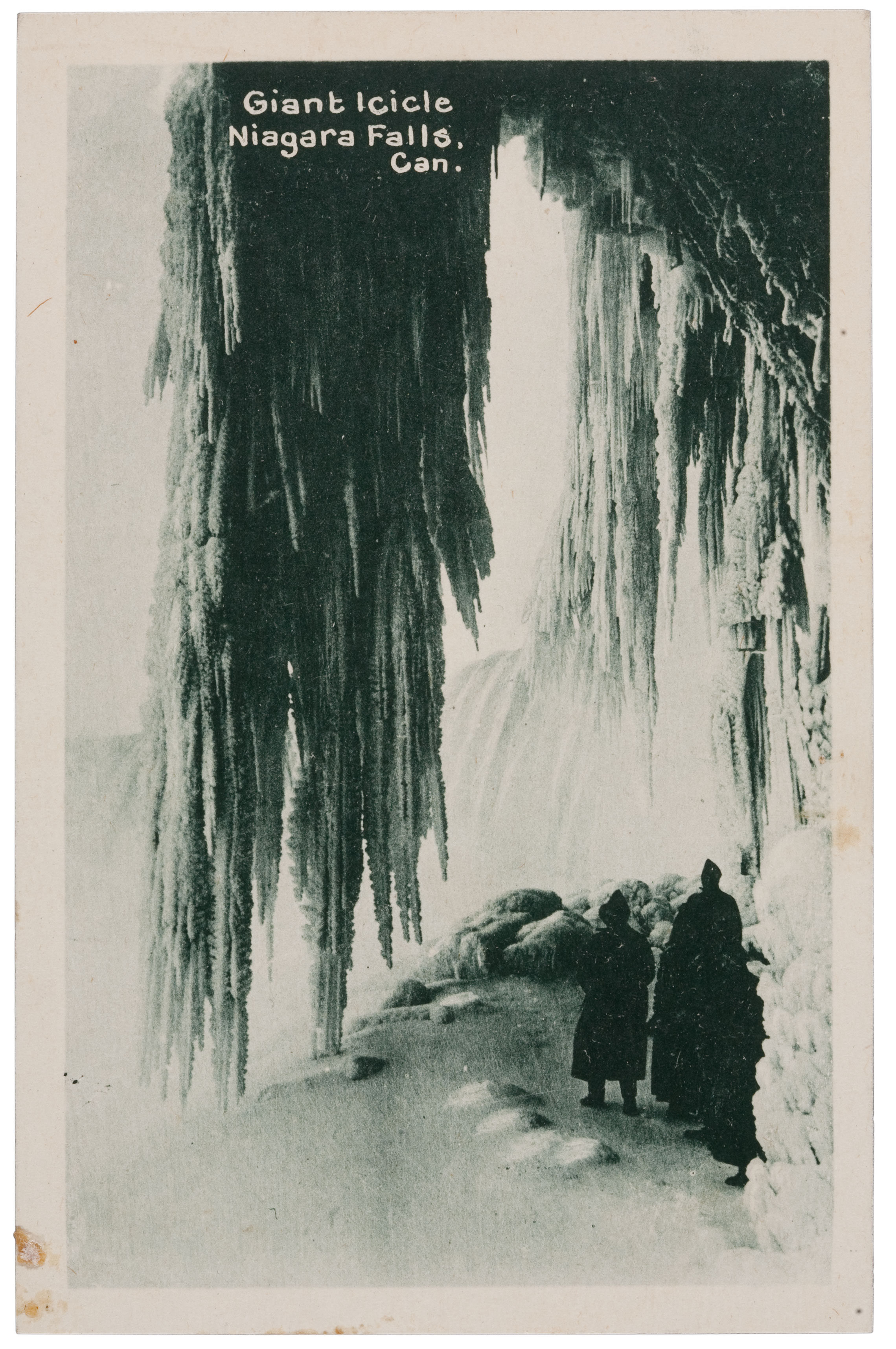
Text on front of postcard.
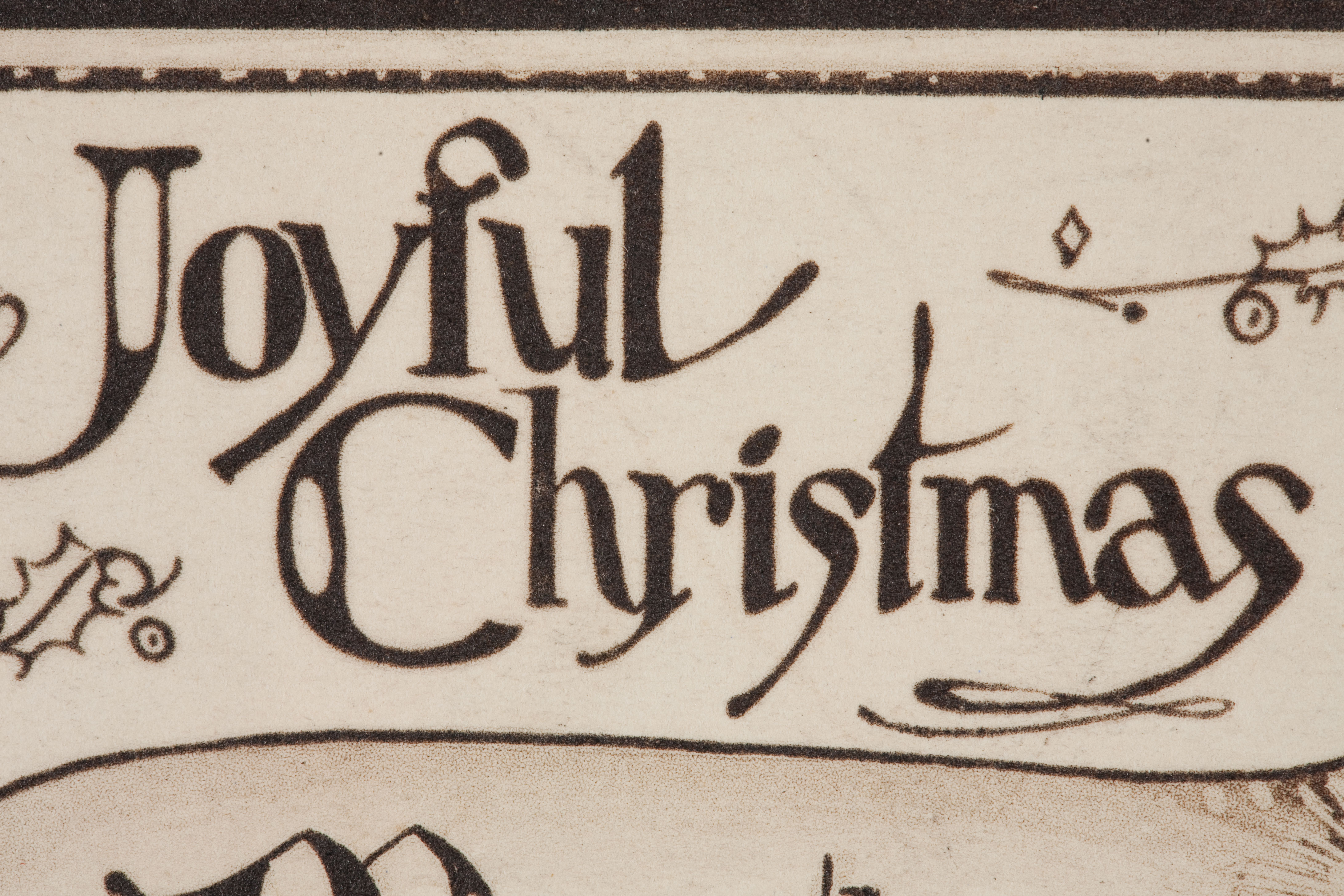
Text on postcard printed using collotype process.